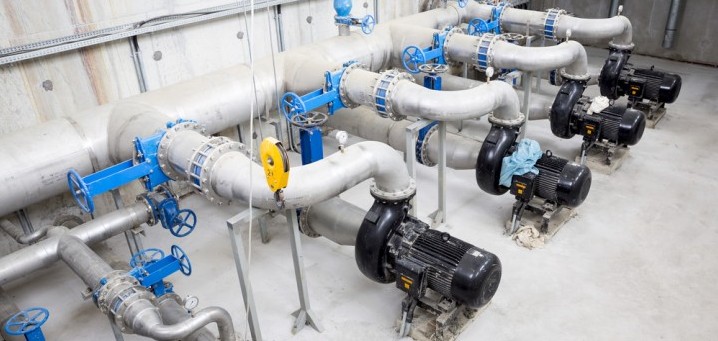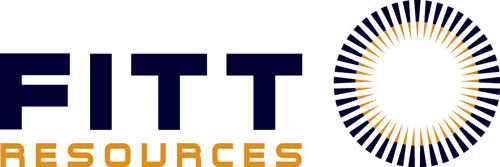Four tips to avoid pump failure
When pump failure occurs, projects can suffer setbacks that cost time and money. However, if the correct steps are taken the chance of pump failure can be reduced. Here are four tips to avoid inconvenient and costly pump failure.
 Ideally, every pump installed would be a bespoke fit and run constantly at optimal efficiency. In reality this is impractical and unrealistic due to time, cost and process restraints. So then, the best approach must be a balance between finding the right fit for the job, monitoring changes, conducting regular maintenance, and ensuring correct installation. When these simple steps are followed, users can both improve productivity and lower the risk of excess costs.
Ideally, every pump installed would be a bespoke fit and run constantly at optimal efficiency. In reality this is impractical and unrealistic due to time, cost and process restraints. So then, the best approach must be a balance between finding the right fit for the job, monitoring changes, conducting regular maintenance, and ensuring correct installation. When these simple steps are followed, users can both improve productivity and lower the risk of excess costs.
Finding the right fit for the job
When choosing the right pump, both the technical and commercial aspects of an application must be considered. Only taking one of these into account risks technical issues, as well as problems with project efficiency down the line.
When it comes to pump inefficiency and failure, improperly sized pumps are a major issue. A tendency towards caution in the engineering process means that often the needs of the process will be overestimated, and so pumps end up oversized.
This causes an imbalance of pressure within the pump, which may lead to excessive wear and shaft deflection. When this happens, undue stress is put on the bearings and mechanical seals – the parts of a pump that are most prone to failure.
Cavitation is another problem caused by inefficient pump operation. It occurs when Net Positive Suction Head (NPSH) is too low, causing fluids to drop below vapourisation levels. Vapour bubbles form and as they reach an area of high pressure inside the pump, they can collapse violently, causing sudden axial and radial loading on the impeller and shaft deflection.
For optimal results, the pump type and size must be matched to the application and environment. This will prevent undue stress that can cause damage or failure of pumps.
Monitoring changes
The longer that problems like abrasion, corrosion and pressure build-up are left unaddressed, the more severe the consequences will be. When issues arise, they must be dealt with as quickly as possible in order to reduce the impact on time and budget.
This means risk mitigation through monitoring. Being aware of system condition changes allows users to take steps to troubleshoot and fix the pump as soon as possible. In order to fully understand what maintenance needs to be done, both machine health as well as the external operating conditions should be monitored.
Risk mitigation should be a priority. When it comes to pump failure, any issues need to be picked up as soon as possible otherwise the entire project can suffer setbacks.
Regular maintenance
End users rely on pumps operating efficiently, so common issues like abrasion or corrosion must not be allowed to get out of hand. These problems usually occur when the pump operates in extreme conditions, where exposure to corrosive or abrasive substances is unavoidable.
Introducing procedures for regular maintenance may seem like a hassle, but it will only be a minor inconvenience compared to that of unforeseen, preventable pump failure.
Being proactive with pump maintenance means not only checking it regularly, but also keeping detailed records. Small changes can seem insignificant, but may be a red-flag if a pattern emerges.
FITT Resources uses experienced project managers, as well as technical specialists on their servicing team, in order to ensure maximum pump efficiency. FITT works closely with users in order to help minimise downtime and achieve critical lead time.
FITT’s skilled service team offers rigorous after-sales support and are on hand to resolve issues, repair products, offer technical advice and provide training.
Correct installation
Correctly installed pumps that are regularly monitored and maintained can provide a valuable asset that give years of satisfactory operation. On the other hand, incorrectly installed pumps can be a huge headache. Misalignment of the motor during installation is common, especially in water pump stations, and can place excess force on bearings and couplings.
This all comes back to finding the right fit for the job. It is essential that installation and repair is undertaken by a team of experts that can identify the specific needs of any project in order to minimise the risk of future problems.
Supporting pump performance
With specialised experience across key industry sectors, FITT Resources provides clients with added value through outstanding professional support, including on-site servicing, repairs and shut-down labour resources, as well as annual maintenance checks and asset management services.
FITT stocks high-quality international brands and has the knowledge to provide users with pumps that are best suited for their application. It also focuses support to maximise the full lifecycle of the pump.
By getting expert advice on the best pump for their application, monitoring changes, performing regular maintenance, and correct installation, end users can extend the life of their pumps and reduce the total cost of ownership.
